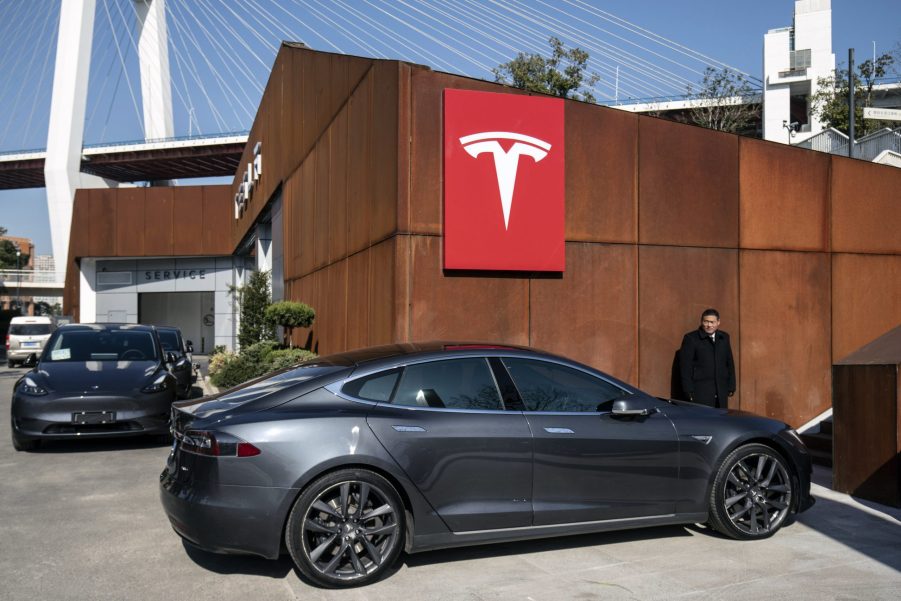
Can the Tesla Model S Plaid Really Get to 60 MPH in Less Than 2 Seconds?
If you’re familiar with Tesla, then you’re well aware that nearly all of its cars have performance numbers that rival most supercars. Take the Model S, for example, in its base form, it can get from 0 to 60 mph in 3.1 seconds according to the Tesla website. And stepping up to the Tesla Model S Plaid + will get you a 0-60 mph time of fewer than 2 seconds, but is that really true?
Engineering Explained explains the Tesla Model S Plaid + times

At first glance, that 0-60 mph time Tesla posted for the Models S Plaid + adds a lot of wow factor. After all, the thought of going from a standstill up to 60 mph in just three seconds sounds insane. Anything less than that seems almost impossible.
But of course, when gadgets and cars are spawned from the brain of Elon Musk, anything is possible. Unless you read the fine print. Fortunately, Jason Fenske of Engineering Explained did just that and he also noticed that there was an asterisk next to the acceleration times for the Model S Plaid and Plaid + when you click on the “feature details” button on the Model S pricing page.
That asterisk clearly denotes that the “first foot of rollout is subtracted,” which as Fenske notes changes things a bit.
What is “rollout?”

The rollout is the distance that a vehicle can move before triggering the timing lights at a drag strip, according to Car and Driver. To be a little more specific, when you take a car to a drag strip and stage at the start of the strip, there are two laser beams that wheels trigger in order to line it up at the starting line.
The first laser beam is for the “pre-stage” light and the second is for the “staging” light. When the car’s front wheel triggers the staging light, it’s properly set for the drag race. However, Car and Driver notes that the car’s position when blocking that staging beam can vary by as much as a foot.
Since the timer doesn’t start until that second stage beam is uncovered, that distance between where the tire starts from to when the timer starts is known as the “rollout.” As you can guess, when you’re taking a 0-60 mph measurement from a standstill, and you subtract the rollout distance, it can change the total amount of time by a good amount.
“The timing starts once you break that beam, so that means you get one foot of free acceleration,” Fenske said.
Tesla subtracting the rollout changes things
Fenske then goes on to explain what happens in the one foot of rollout. As an example, he uses Motortrend’s testing of the Tesla Model S P100D, which was able to get up to 5.9 mph in that rollout distance, which would shave 0.26 seconds off its 0-60 mph time.
“This is not a case of 0-60, in the case of the Tesla it’s more like a 6 to 60 (mph),” Fenske noted. “We can all agree that 6 to 60 and 0 to 60 are very different measurements.”
Ultimately, if you add that 0.26 seconds back onto Tesla’s proposed 0-60 mph time for the Model S Plaid +, then it’s more like a 2.19-second time in reality.
Why would Tesla make this claim and is it possible?
According to Fenske, Tesla most likely posted that the Model S Plaid + could get from 0-60 mph in less than two seconds for marketing purposes and it hid the fine print accordingly. However, it’s technically not misleading as the automaker did include the caveat, and honestly, most buyers probably won’t care or even notice.
A 0-60 mph time that fast is insane, but according to Fenske, it’s not impossible. According to his calculations, it’s possible for a production car to hit that time in theory, but it technically hasn’t been done yet. Maybe Tesla can still beat everyone else to the punch.



